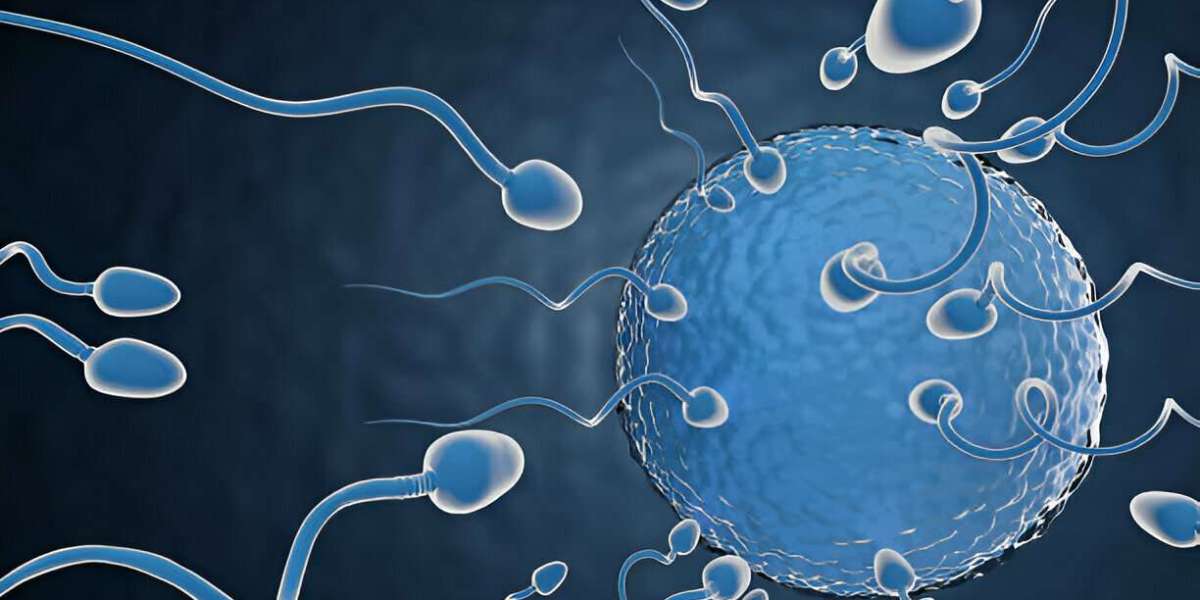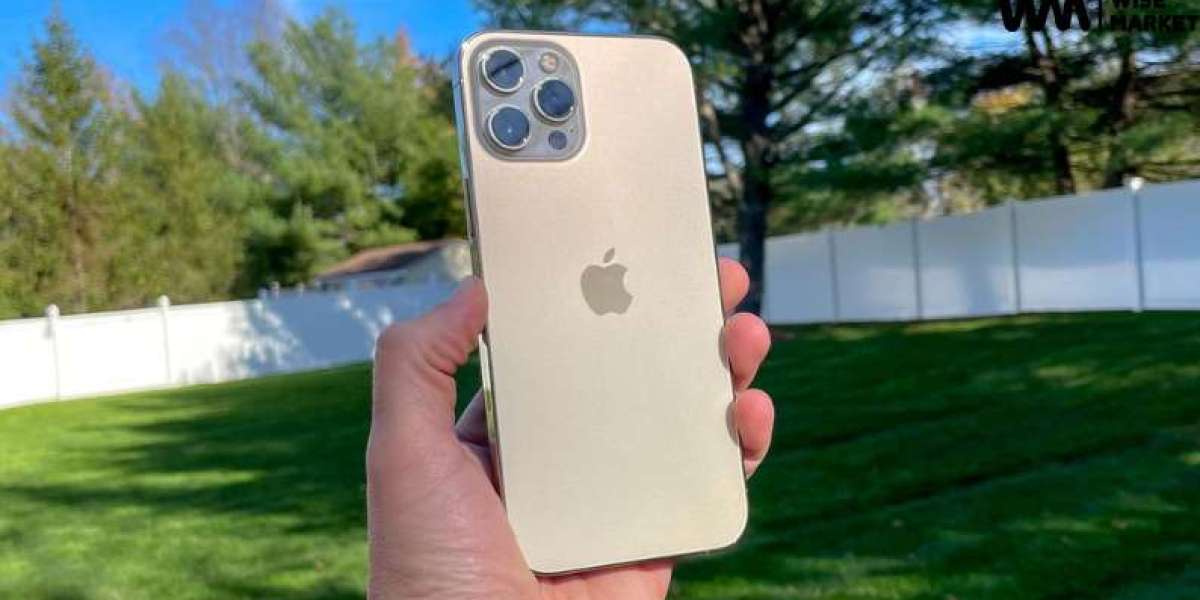In the past, men with azoospermia (no sperm in their semen) couldn’t become biological fathers. But thanks to modern medical techniques like the Micro TESE procedure, this is no longer true. If you’re wondering what Micro TESE is, how it works, or if it’s right for you, this guide will answer all your questions.
What Does Micro TESE Mean?
Micro TESE (Microsurgical Testicular Sperm Extraction) is a special surgery where doctors take sperm directly from inside your testicles. A doctor might suggest this if you have trouble ejaculating sperm, if the sperm in your semen isn't healthy, or if there isn't any at all.
If you're looking for expert care, the best IVF Hospital in Delhi offers advanced Micro TESE procedures to help men overcome fertility challenges. Micro TESE has become a trusted way for men to have biological children. The main goal is to find the healthiest possible sperm to give the best chance for a healthy pregnancy..
When Do Doctors Recommend Micro TESE?
Doctors suggest Micro TESE for men with certain fertility issues, including:
- Azoospermia : No sperm in the semen.
- Severe Oligospermia : Very low sperm count (less than 1 million sperm per milliliter).
- Underlying Diseases: Conditions like genetic disorders, blockages, or injuries that affect sperm production.
- Failed Previous Attempts : Men who’ve tried other sperm retrieval methods but didn’t succeed.
- Unexplained Infertility: When the cause of infertility is unknown, micro-TESE can help retrieve sperm.
How is the Micro TESE Procedure Done?
You might be wondering: Is Micro TESE painful? Don’t worry—patients are given general anesthesia, so they sleep through the surgery and feel no pain. Afterward, there may be mild discomfort, but doctors prescribe painkillers to manage it.
Steps of the Procedure:
- The surgeon makes a small cut in the scrotum.
- Using a powerful microscope, they examine the testicles for areas that produce sperm.
- Small tissue samples are taken from the testicles.
- The incision is closed with tiny stitches.
After the Surgery:
- The tissue samples are sent to a lab, where experts search for sperm under a microscope.
- If sperm is found, it’s frozen for future use in IVF or IUI (intrauterine insemination).
- You’ll usually get an update about the results the next day.
How to Prepare for Micro TESE?
If your doctor recommends Micro TESE, here’s how to prepare:
- Talk About Your Medical History : Share any health issues or medications you’re taking.
- Undergo Tests : Your doctor will check your blood pressure, temperature, and pulse.
- Physical Exam : A quick check-up to assess your overall health.
- Mention Allergies : Let your doctor know if you’re allergic to anything.
- Follow Pre-Surgery Instructions : Your doctor will give you specific advice on eating, drinking, and medications before the procedure.
What is the Success Rate of Micro TESE?
Micro TESE is successful in more than 60% of cases. However, success depends on factors like:
- The type of fertility issue (e.g., azoospermia or other conditions).
- The health of the sperm-producing cells.
- Whether there are blockages or infections.
Some men may need multiple procedures, especially if they plan to use the sperm for IVF.
How Much Does Micro TESE Cost in India?
The cost of Micro TESE in India varies based on factors like the clinic’s location, the doctor’s fees, and the complexity of the case. On average, it costs between ₹50,000 and ₹75,000.
At Bloom IVF, you can expect high-quality care at reasonable prices. Their experienced team uses advanced technology to ensure the best outcomes.
Benefits and Side Effects of Micro TESE
Like any medical procedure, Micro TESE has pros and cons.
Benefits:
- Solves non-obstructive azoospermia.
- High success rate for finding sperm.
- Minimal damage to the testicles.
- Helps couples achieve pregnancy.
Side Effects:
- Difficulty finding sperm in some cases.
- Risk of infection or bleeding.
- Mild pain after the procedure.
TESE vs. Micro TESE: What’s the Difference?
- TESE : Doesn’t use a microscope. It’s usually for men with obstructive azoospermia (sperm is produced but can’t reach the semen).
- Micro TESE : Uses a microscope to locate sperm. It’s better for men with non-obstructive azoospermia, where sperm production is low or difficult to find.
Conclusion
For men struggling with severe oligospermia or azoospermia, Micro TESE offers hope. Using advanced microscopic technology, doctors can carefully find and extract sperm, giving couples a chance to start a family.
If you’re facing infertility, consider consulting with fertility experts at Bloom IVF . They can guide you through the process, explain your options, and help you take the first step toward parenthood.


